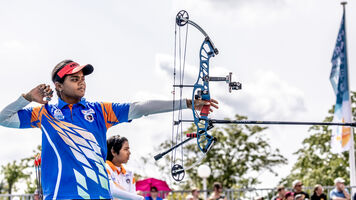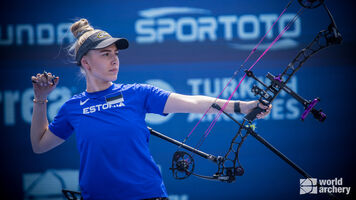Is the time right for compound archery to join the Olympics?
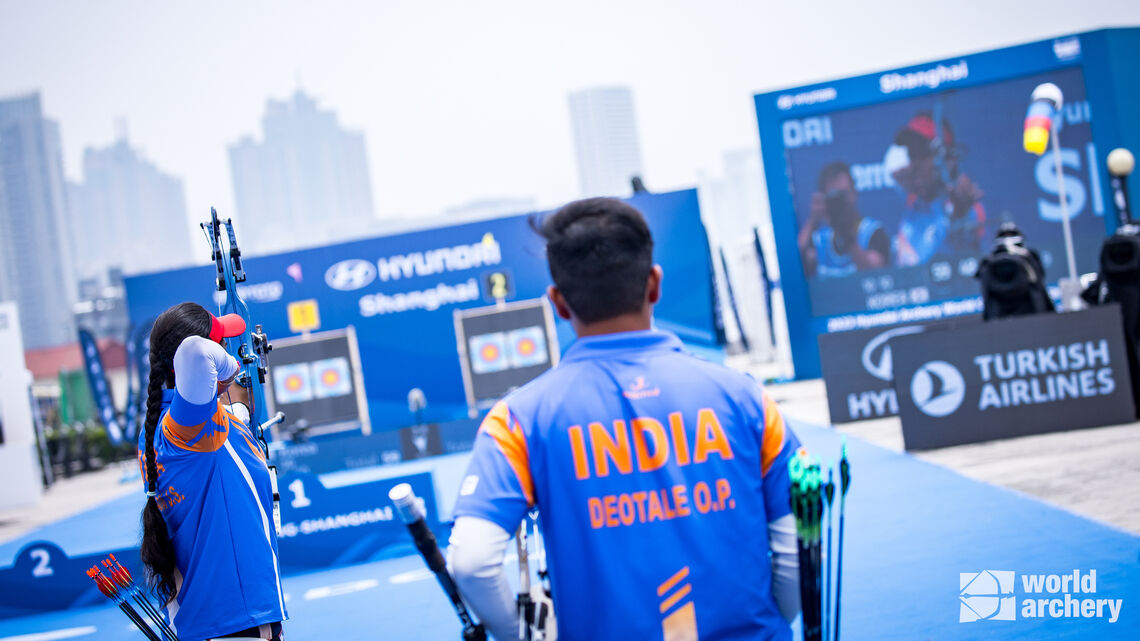
There’s a chance that compound archery might be added to the LA28 Olympic Games – after an application from World Archery to include the discipline in the sports programme.
Although the decision rests solely with the International Olympic Committee, the request wouldn’t have been made unless there was a good prospect it would be accepted.
So why is the time now right for compound to be added to the largest sporting event of them all?
1. Big moves for big coaches
Korea recently signed its first international coach – ever. Former World Archery Champion Reo Wilde was added to the squad’s management earlier this year to take up the position of head compound coach.
The country has long been the leading recurve nation and has dominated Olympic competition for some time. The Korean compound programme is relatively new, only about a decade old, and the move to bring in foreign expertise with 49-year-old Wilde, considered one of the best archers of the last two decades, is a clear statement of intent.
And Korea’s not the only big team to be looking abroad for help. Sergio Pagni’s coaching in India in 2023 – and at two Hyundai Archery World Cup events so far in 2023, the team has already produced two winners.
(Jyothi Surekha Vennam in Antalya, Prathamesh Samadhan Jawkar in Shanghai.)
2. Elite – and equal – performance
Compound archery is, at its core, about achieving perfection. The complete control of body and mind to deliver excellence – under pressure.
The history of compound archery, for reasons entirely unrelated to the sport itself, is skewed more towards men than women. But over the past decade, the leap in the level and number of elite female performers has been dramatic. And it’s been led by GOAT Sara Lopez.
She matched Reo Wilde’s compound men’s world record of a perfect 150 points with 12 X-ring arrows during finals matchplay in Medellin last year – despite no longer being the dominant force of seven years ago, with the compound women’s category probably the most exciting, and competitive, on the international stage right now.
The application for LA, by the way, was for a mixed event – with men and women competing sidy-by-side.
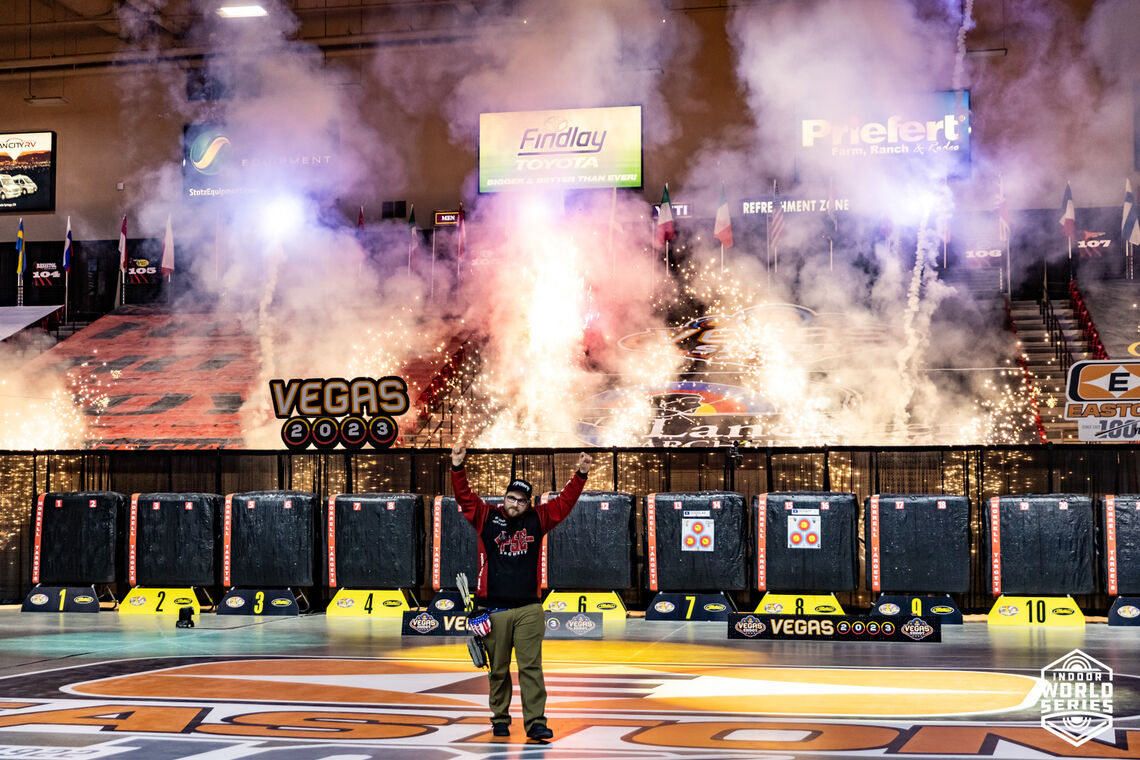
3. Popularity
The compound bow was born in the USA in the 1960s – as a more mechanically efficient form of archery equipment. Its use in the States is widespread to this day. International recognition came a little later, with inclusion in the World Archery Championships in 1995 and a roll-out to other countries happening steadily over the next three decades.
Of the nearly 100 countries expected to compete at this summer’s Hyundai World Archery Championships in Berlin, more than 70% of them will enter compound archers.
Not only is the bowstyle now internationally enjoyed, but its popularity in the US – where the 2028 Olympics will take place – remains high. Of the 3911 archers registered to compete at the world-famous Vegas Shoot in 2023, 60% used a compound. And what about that main event…
…now imagine that dramatic finale in Las Vegas but with the prestige of the Olympics behind it!
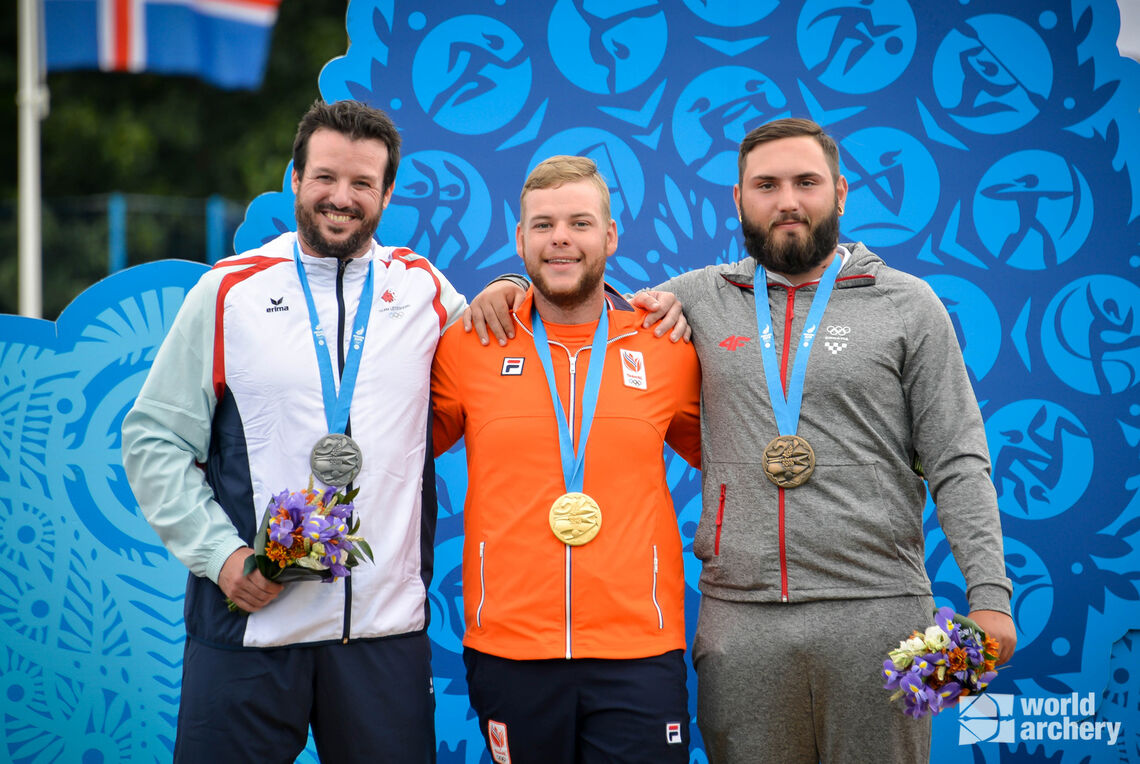
4. The continents
Compound archery now features at the major continental multisport events.
Next month’s European Games in Poland will crown its second compound champions in individual and mixed team events – as will the Pan American Games, scheduled for later this year in Chile.
The Asian Games in Hangzhou, meanwhile, feature a full international competition programme for the very first time. Individual compound titles were awarded in 2014 and team in 2018, while the upcoming edition offers five compound medals to mirror the five in the recurve discipline: men’s individual, women’s individual, men’s team, women’s team and mixed team.
For major teams like India, Korea and China, these titles are important precursors to the Olympics.
5. Format
The structure of the recurve archery competitions at the Olympic Games has remained largely the same for so long (since the head-to-head competition was introduced at Barcelona 1992), albeit with the shift to matchplay, that it’s easy to forget that sports must innovate and ensure that events bring value to the programme.
So is the time right for compound? Maybe – because the 18-metre indoor, mixed-gender competition that’s been proposed is new, and different… and everything fits.
Teams are taking compound competition seriously, with professional squads and elite (sometimes foreign) coaches. The discipline is enjoyed worldwide, in all continents and in some of the largest emerging sporting countries. The level of the world’s best is elite – and deep – with very little difference between the greatest men and women on the shooting line.
And most importantly in LA, the compound could return to its roots, in the USA, where the bowstyle remains incredibly popular. An Olympic compound archery competition might just appeal to the millions across the country who already practise themselves, an encourage many more to take a look.


